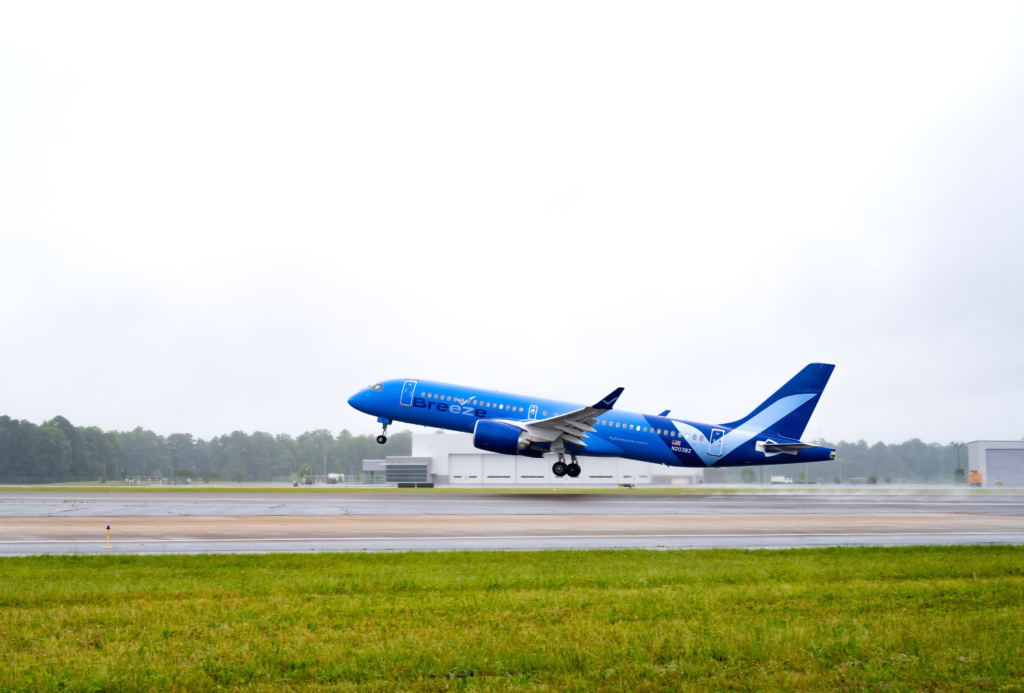A collision between an ANA Boeing 787-10 and a Breeze Airways Airbus A220-300 at Charleston International Airport on July 18, 2025, has been officially classified as an aviation accident. The Federal Aviation Administration (FAA) is leading an active investigation, raising urgent questions about airport ground safety and passenger protection.
The incident happened at about 9:49 p.m. Eastern Time. The ANA Boeing 787-10, with no passengers and five crew members, struck the tail of the parked Breeze Airways Airbus A220-300. The Breeze Airways flight had diverted from Las Vegas to Norfolk due to severe weather and was waiting for refueling at Charleston International Airport. Two passengers on the Breeze Airways plane suffered minor injuries and received medical attention at the scene. All passengers were safely evacuated, and a recovery flight left Charleston at 1:20 a.m. to continue the trip to Norfolk.

The FAA is focusing its investigation on ground crew communication, taxiing procedures, and emergency response. As of July 29, 2025, no preliminary or final findings have been released. Both Breeze Airways and ANA are cooperating fully with authorities. Charleston International Airport is also reviewing its ground operations and emergency response systems.
This accident has put a spotlight on the need for better ground safety procedures, especially during busy times or bad weather. Aviation safety experts say ground collisions like this are rare but serious. They recommend stronger ground radar, clearer communication between crews, and stricter rules for moving planes on the ground. According to analysis by VisaVerge.com, such incidents often lead to new safety rules and better training for airport staff.
Emergency crews responded quickly, treating the injured passengers for minor issues like neck sprains. All passengers were bused to the terminal and rebooked as needed. Breeze Airways arranged a recovery flight for those affected and is providing support, though details about compensation have not been shared yet.
Passenger advocates stress the importance of clear updates and fair compensation for travelers caught in such events. Airport officials are considering more training and new technology to prevent future accidents. The FAA is expected to release early findings in the coming weeks, with a full report later in 2025. Depending on the results, new rules could be introduced for ground crew training, taxiway safety, and emergency response.
Ground collisions, while not common, can cause injuries and disrupt airport operations. Past incidents have led to changes in how ground crews are trained and how airports guide planes on the ground. Weather-related diversions, like the one that brought the Breeze Airways Airbus A220-300 to Charleston, add extra challenges and risks.
For official updates on the investigation, readers can visit the FAA’s accident and incident database. Passengers seeking support should contact Breeze Airways or Charleston International Airport directly.
In summary, the ANA Boeing 787-10 and Breeze Airways Airbus A220-300 collision at Charleston International Airport highlights the need for stronger ground safety and clear emergency plans. The FAA’s ongoing investigation will likely shape future airport and airline safety policies.
Learn Today
Federal Aviation Administration (FAA) → U.S. government agency regulating and overseeing civil aviation safety and investigations.
Taxiing → The movement of an aircraft on the ground under its own power before takeoff or after landing.
Ground crew → Airport staff responsible for aircraft handling, maintenance, and communication on the tarmac.
Recovery flight → A replacement flight arranged to continue passengers’ journey after a disruption or incident.
Emergency response → Procedures and actions taken by staff to manage accidents or urgent incidents safely.
This Article in a Nutshell
A July 18, 2025 collision at Charleston Airport involving ANA and Breeze Airways aircraft highlights urgent aviation safety concerns amid FAA’s ongoing investigation into ground operations and emergency responses.
— By VisaVerge.com













